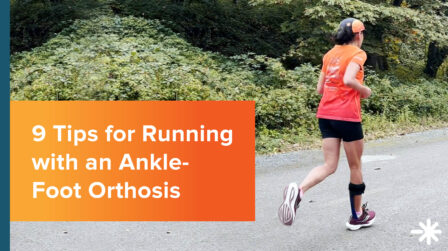Traumatic Brain Injury
Caused by a bump, blow, or jolt to the head that disrupts the normal function of the brain.
Understanding Traumatic Brain Injuries
A traumatic brain injury (TBI) is caused by a bump, blow, or jolt to the head that disrupts the normal function of the brain. Regardless of the type of head injury, most brain damage is caused by the movement of the brain within the skull.
Not all blows or jolts to the head result in a TBI. The severity of a TBI may range from mild to severe. Mild TBIs can cause a brief change in mental status or consciousness. Severe TBIs can result in a long period of unconsciousness or memory loss after the injury.
Common Causes
Most TBIs that occur each year are mild and are commonly called concussions, and the leading cause of TBI is falling. Falls disproportionately affect children and older adults. After falls, the second most common cause is a motor vehicle accident.
Signs & Symptoms
Following a TBI, a person’s ability to move can be affected. This can disrupt normal walking patterns. The patient may require an orthosis (brace) to support the limbs and improve their ability to stand and walk.
Some common gait issues might include:
- Walking with a toe-to-heel rather than heel-to-toe pattern
- Knee bending backward when walking
- Rigid or tight joints in the ankle
- Muscle tightness in the toes, ankle, and wrist/hand
Treatment
Many of the symptoms of TBI can be treated using a brace, which can be used to assist or control motion, improve walking ability, and decrease the risk of falls.
Centers for Disease Control and Prevention (2019). Surveillance Report of Traumatic Brain Injury-related Emergency Department Visits, Hospitalizations, and Deaths—United States, 2014. Centers for Disease Control and Prevention, U.S. Department of Health and Human Services. | Centers for Disease Control and Prevention (CDC), National Center for Injury Prevention and Control. Report to Congress on mild traumatic brain injury in the United States: steps to prevent a serious public health problem. Atlanta (GA): Centers for Disease Control and Prevention; 2003. | Brunnstrom S. Movement Therapy in Hemiplegia. Hagerstown, MD: Harper and Row; 1990. | Review of Traumatic Brain Injury with Orthotic Considerations. | JPO Journal of Prosthetics and Orthotics: March 2002 – Volume 14 – Issue 1 – p 31-35.
Latest Updates
Subscribe to stay up-to-date on our latest posts.



